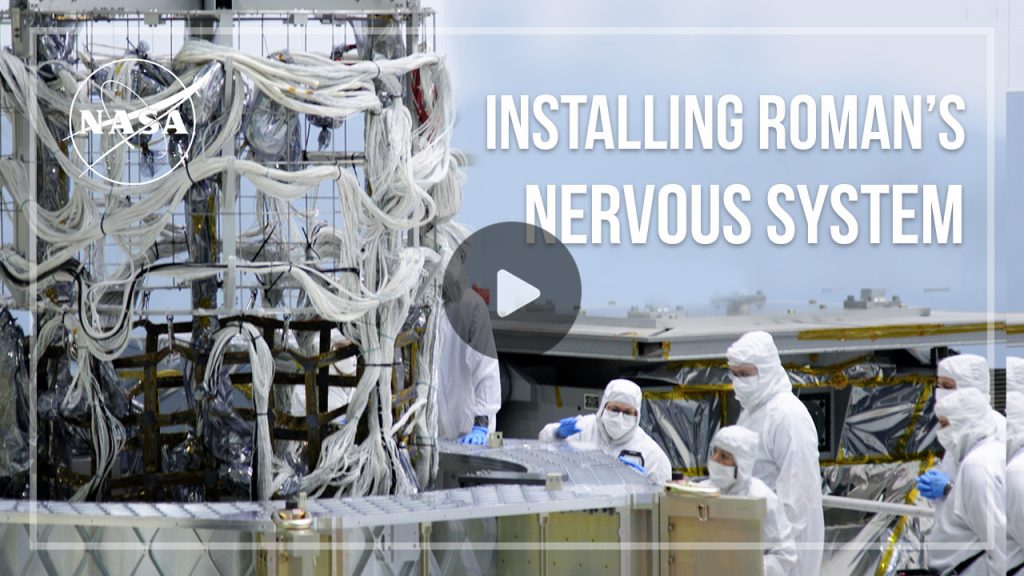
Engineering and
Technology Directorate
ETD Multimedia
Highlighting ETD supported missions in planetary science, astrophysics, Earth observing, and solar science.
XRISM Exploring the Hidden X-ray Cosmos
Learn more about XRISM (X-ray Imaging and Spectroscopy Mission), a collaboration between JAXA (Japan Aerospace Exploration Agency) and NASA.

Installing The Roman Space Telescope’s Nervous System
The Roman Space Telescope team has begun integrating and testing the spacecraft’s electrical cabling, or harness, which enables different parts of the observatory to communicate with one another.
NASA to Study Effects of Radio Noise on Lunar Science
In February 2024, Intuitive Machines’ IM-1 mission will launch to the Moon’s South Pole as part of NASA’s Commercial Lunar Payload Services initiative …
Landsat Next Defined
Landsat Next is on the horizon—the new mission will not only ensure continuity of the longest space-based record of Earth’s land surface…
NASA’s Laser Communications: To the Space Station and Beyond
The Nancy Grace Roman Space Telescope team has begun integrating and testing the spacecraft’s electrical cabling, or harness, which enables different parts….
Roman’s Primary Structure Enters the Cleanroom
The primary structure that will serve as the “bones” of NASA’s Nancy Grace Roman Space Telescope has moved into the big cleanroom at NASA’s Goddard …
PACE’s Instruments Reveal a New Dimension of Atmospheric Info
Two instruments on NASA’s upcoming PACE satellite mission will look at aerosols and clouds – the A and C in the mission’s name, Plankton, Aerosol, Clouds….
NASA’s Mars Mission Shields Up for Tests
Set far away from residents and surrounded by dunes, the Remote Hypervelocity Test Laboratory at NASA’s White Sands Test Facility in Las Cruces, New Mexico, has supported every human spaceflight program from …
What’s Up at Wallops?
From sounding rockets to scientific balloons to research aircraft, NASA’s Wallops Flight Facility on the Eastern Shore of Virginia is a unique national asset that has a lot to offer…
The Roman Space Telescope’s Coronagraph Instrument
When a new NASA space telescope opens its eyes in the mid 2020s, it will peer at the universe through some of the most sophisticated sunglasses ever designed…
NASA Goddard’s Recipe for Fresh Baked Spacecraft
You’ve heard of baked potatoes, baked cakes, and baked ziti, but how about baked spacecraft? As we prepare the Plankton, Aerosol, and cloud …
Laser Communications Relay Demonstration (LCRD) Overview
LCRD) will fly as a hosted payload aboard a Department of Defense spacecraft as part of the Space Test Program (STP-3) mission. LCRD will continue NASA’s exploration of laser communications to support future missions …
